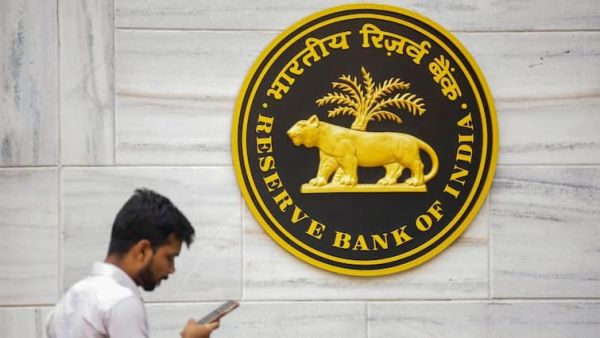
India continues to act as a key engine of global growth, thanks to its stable macroeconomic environment and policy discipline, according to the Reserve Bank of India's (RBI) latest Financial Stability Report (FSR) released on Monday. Despite an increasingly volatile and unpredictable global landscape, marked by policy swings, geopolitical tensions, and financial market instability, the Indian economy has shown resilience.
The central bank stated that “the Indian economy remains a key driver of global growth, underpinned by sound macroeconomic fundamentals and prudent macroeconomic policies.”
The RBI warned that global financial markets are witnessing heightened volatility, particularly in core government bond markets, amid economic and trade policy uncertainty. Structural vulnerabilities such as elevated public debt and inflated asset prices may amplify the effects of potential shocks, the report noted.
Domestic Financial Health Remains Robust
India's financial institutions have remained steady through turbulent conditions, supported by strong balance sheets and low volatility in financial markets. According to the RBI, both banks and non-banking financial companies (NBFCs) are on solid footing. “Financial conditions have eased, supported by accommodative monetary policy and low volatility in financial markets,” the report said.
The report highlighted the resilience of scheduled commercial banks (SCBs), citing “robust capital buffers, multi-decadal low non-performing loans ratio and strong earnings.” Stress test results confirmed that most SCBs are adequately capitalised even under adverse scenarios. Mutual funds and clearing corporations have also passed resilience assessments.
Sectoral Credit Trends Reveal Moderation
The RBI also released data on sectoral credit deployment as of May 30, 2025. Bank credit to industry rose by 4.9 per cent year-on-year, down from 8.9 per cent in the same period last year. Credit growth to sectors like engineering, construction, and rubber and plastic products showed momentum.
In contrast, credit to agriculture and allied sectors grew at 7.5 per cent, a sharp slowdown from 21.6 per cent a year earlier. Credit to the services sector also decelerated to 9.4 per cent from 20.7 per cent, primarily due to reduced lending to NBFCs. However, lending to the computer software segment remained strong.
Personal loan growth, another key driver, rose 13.7 per cent, compared with 19.3 per cent in the same period last year, as borrowing for vehicles, credit cards, and other personal uses cooled.
-
8th Pay Commission: First DA will be 'fused' in the basic, then the fitment factor will give a 'rocket boost'! Understand the complete math of salary

-
From LPG cylinders to ATM charges, these 7 rules will change from tomorrow... will affect your pocket.

-
Good news for Team India ahead of 2nd IND vs ENG Test, star player ignored due to…

-
Abhishek Bachchan breaks silence on divorce rumours and negative news, says, ‘When you have a…’

-
Dubai announces first successful test flight of air taxi ahead of 2026 rollout
